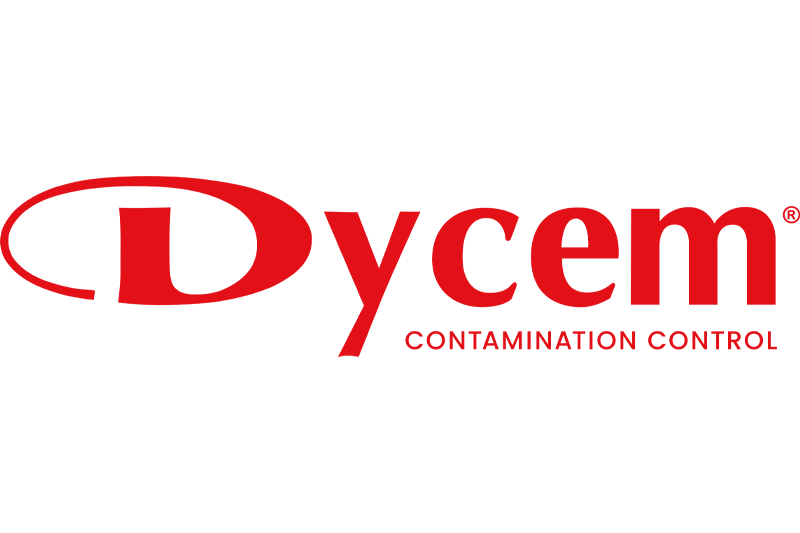Dust explosions remain an under-reported issue, but a real concern in the pharmaceutical and chemical manufacturing industry. Combustible or explosive dust can be described as any finely divided particulate solid, which presents a fire or explosion hazard when dispersed in the air.
The powdered and granulated ingredients, central to pharmaceutical and chemical manufacturing processes, are naturally prone to creating dust, which can become airborne.
Once the airborne dust is captured at its source, it must be effectively contained so to reduce the risks of a further, more devastating dust explosion. It also reduces the risk of cross-contamination in sensitive products.
ATEX zones
ATEX, the name commonly given to the two European Directives (1) for controlling explosive atmospheres, comprises zones defined as critical areas subject to high volumes of dust or gases, in which an explosive atmosphere could occur during ordinary operation, or through unattended risks.
Andrea Catellono, director, AC Supply, the Italy-based critical industrial manufacturing environment specialist, explains: “ATEX zones are risky due to the high concentration of flammable dust and powders in a confined environment, combined with reduced humidity rates and high or low temperature levels.”
Generally, Catellono said, ATEX zones should implement dissipative flooring throughout the area. “Good dissipation is a mandatory safety requirement in a critical zone.”
Many electronic manufacturing companies request expert advice when it comes to ensuring they get the best possible facilities to manufacture product successfully.
Jhun Yparraguirre, an electrostatic discharge (ESD) specialist and Dycem Asia sales director, has worked closely with international businesses in Asia, including Samsung in Indonesia, with queries surrounding ESD.
Q: In simple terms, how is electrostatic discharge (ESD) generated?
JY: Electrostatic discharge is a rapid transfer of static charge, which occurs between objects at different voltages when they make contact.Q: What types of contamination are likely to trigger ESD and where do they come from?
JY: Dust is one enemy that triggers ESD events. Let’s go back to basic physics and chemistry: dust, or particles, can be referred to singularly as an atom; an atom is the smallest component of an element, embodying the chemical properties of the element. An atom has two different potentials; a proton and an electron.
Yparraguirre: 'Know your flooring system, and whether it is conductive or static dissipative'
Q: Can you differentiate the two?
JY: Yes. A proton is a stable particle with positive charge equal to the negative charge of an electron. An electron is an elementary particle that orbits the nucleus of an atom and is responsible for the flow of electricity. Paticles can be generated from anywhere and everywhere, from humans to material, to machines, etc.
Q: How important is it to control ESD in an electronics facility, and what kind of impact does it have on everyday operations?
JY: It can cause problems, such as high reject rates, high costs, loss of revenue and unsatisfied customers or angry clients.
Q: Is it difficult to control wheeled traffic in an ESD environment?
JY: No. As long as your flooring is ESD safe then it should be easy for you to control. Know your flooring system, and whether it is conductive or static dissipative, as the resistance values are different.
Once you have ESD flooring, make sure that your carts are made of stainless steel. Metal is a good conductive material. Also be aware of your casters. Some casters are not made from ESD materials. This is why some end users choose metal casters, as they offer good continuity from the surface to the ground. Otherwise, a good design of drag chain is very helpful for the dissipation of static charge.
Q: How does ESD threaten product quality?
JY: Devices become more sensitive to ESD as technology advances. Device geometries are made smaller to increase density and electronic/storage capacity. The more wafer-sized the component, the greater the capacity to store charge. As technology develops, device geometries are radically reduced to deliver more speed, increased memory capacity and more features. Historically, these improvements have caused devices’ ESD threshold to go down.
Q: What is the biggest contamination threat facing electronics manufacturers today?
JY: As mentioned, technology right now is moving more and more towards nanotechnology. The smaller the device is, the more storage it can generate but this makes it more susceptible to damages caused by an ESD event, and poor contamination control. As a result, restrictions on cleanroom environments are getting more advanced.
Yparraguirre says a good contamination control solution provider, such as Dycem, can help prevent the risks. In the case of Dycem, “it restricts 80% of the gross contamination source (dust and bigger particles) from entering critical environments, which is mostly found on floors”, he concludes.
Reference
(1) ATEX and ATEX zonesEditor's note: This is a version of the original article published by Dycem on its website.





